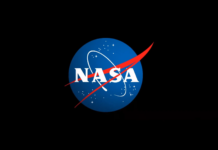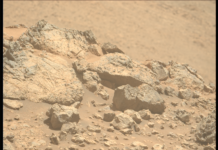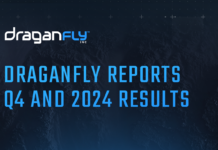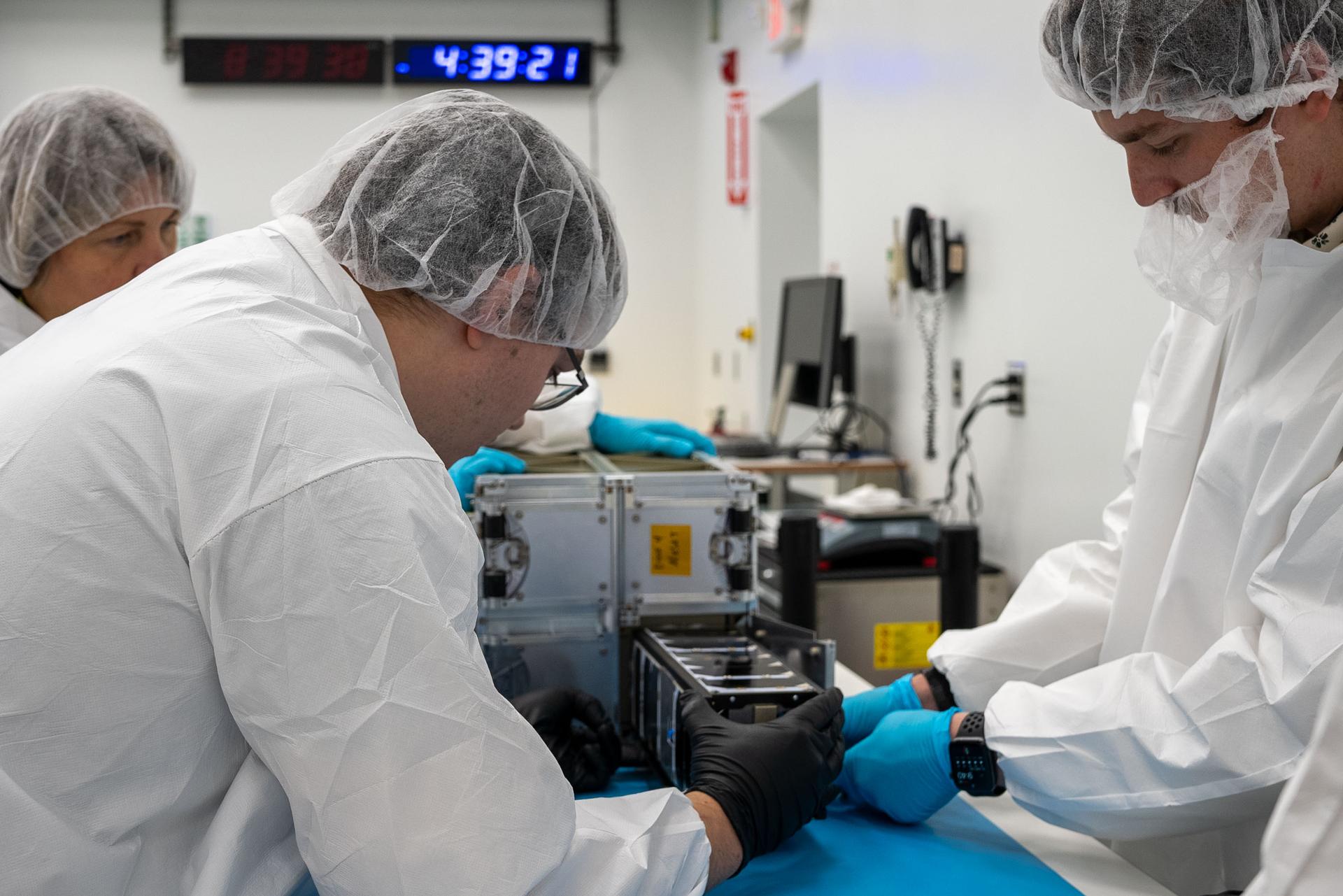NASA Announces New Opportunities for CubeSat Developers to Launch Small Spacecraft
NASA has unveiled a fresh round of opportunities for CubeSat developers to build and launch new spacecraft. This initiative, known as the CubeSat Launch Initiative (CSLI), is designed to provide access to space for U.S. educational institutions, specific non-profit organizations, and informal educational entities such as museums and science centers. Additionally, various NASA centers focused on workforce development, including the Jet Propulsion Laboratory in California, are encouraged to participate. The initiative particularly aims to include minority-serving institutions.
CubeSats: The Nanosatellites Making Space More Accessible
CubeSats are a unique class of small spacecraft, also referred to as nanosatellites. These compact and versatile satellites are typically measured in units called “U.” A single unit (1U) CubeSat is approximately 10 x 10 x 11 cm in size, which is roughly the size of a small tissue box. These units can be combined to create larger and more capable satellites. For instance, a 3U CubeSat is three times the size of a 1U CubeSat, and a 6U CubeSat is six times the size.
Educational and Technological Benefits
"Working with CubeSats is a way to get students interested in launching a career in the space industry," said Jeanie Hall, CSLI program executive at NASA Headquarters in Washington. Each year, NASA reviews applications for CubeSat missions and selects projects that not only have an educational component but also contribute to the agency’s understanding of education, science, exploration, and technology.
Application Process and Selection
Interested applicants must submit their proposals by 5 p.m. EST on November 15. NASA plans to announce the selected missions by March 14, 2025, for potential flight opportunities in the 2026-2029 timeframe. However, it’s important to note that selection does not guarantee a launch opportunity. Applicants are responsible for funding the development of their CubeSats.
Once a CubeSat mission is accepted, it is assigned a launch and deployment either directly from a rocket or to low Earth orbit from the International Space Station (ISS). NASA mission managers will act as advisors to the CubeSat teams, ensuring that all technical, safety, and regulatory requirements are met before the launch. This hands-on experience will allow the teams to strengthen their skills in hardware design and development and gain valuable knowledge in operating CubeSats.
Recent CubeSat Missions
Recently, eight CubeSat missions shared a ride to space on Firefly Aerospace’s Alpha rocket, which launched on July 3 from Vandenberg Space Force Base in California. Among these missions was CatSat, built by students at the University of Arizona, which is testing a deployable antenna attached to a Mylar balloon. Another mission, KUbeSat-1, developed by the University of Kansas, is testing a new method of measuring cosmic rays that hit the Earth. This launch was particularly notable as it marked the first CSLI missions from the states of Kansas and Maine with KUbeSat-1 and MESAT-1, respectively.
Additionally, four CubeSats were sent to the ISS as cargo in a SpaceX Dragon capsule on March 21 aboard a Falcon 9 rocket from Space Launch Complex 40 at Cape Canaveral Space Force Station in Florida. These CubeSats were part of NASA’s SpaceX 30th commercial resupply mission. Once aboard the ISS, astronauts deployed these small satellites into various orbits to demonstrate and mature technologies aimed at improving solar power generation, detecting gamma-ray bursts, determining crop water usage, and measuring root-zone soil and snowpack moisture levels.
Historical Context and Future Prospects
Since its inception, NASA’s CubeSat Launch Initiative has selected CubeSat missions from 45 states, Washington D.C., and Puerto Rico, and has launched approximately 160 CubeSats. The initiative is managed by NASA’s Launch Services Program based at Kennedy Space Center in Florida.
The CSLI is not just about launching small satellites; it plays a crucial role in democratizing space access and fostering innovation. By providing educational institutions and non-profit organizations with the opportunity to develop and launch their own CubeSats, NASA is cultivating the next generation of aerospace engineers and scientists. This hands-on experience is invaluable for students and researchers, offering them a unique opportunity to apply their theoretical knowledge to real-world challenges.
Technical Jargon Explained
For those who may not be familiar with some of the technical terms used in the context of CubeSats and space missions, here is a brief explanation:
- CubeSat: A type of miniaturized satellite for space research, typically used in low Earth orbit. They are made up of units (1U) measuring 10 x 10 x 11 cm.
- Low Earth Orbit (LEO): An orbit around Earth with an altitude between 160 to 2,000 kilometers. Most CubeSats are launched into LEO.
- Deployable Antenna: An antenna that can be extended or unfolded once the satellite is in space, increasing its communication capabilities.
- Mylar Balloon: A balloon made from a type of polyester film, often used in space missions for its durability and reflective properties.
- Cosmic Rays: High-energy radiation that originates outside the Solar System and may consist of atomic nuclei and subatomic particles.
- Gamma-Ray Bursts: Extremely energetic explosions that have been observed in distant galaxies, they are the brightest electromagnetic events known to occur in the universe.
- Root-Zone Soil Moisture: The amount of water contained in the soil in the region of the roots of plants, crucial for understanding agricultural and environmental conditions.
Good to Know Information
For those interested in participating in the CubeSat Launch Initiative, it’s important to start planning early. Developing a CubeSat involves multiple stages, including design, construction, testing, and regulatory approval. Teams should also consider the costs involved and seek funding through grants, partnerships, or institutional support.
Moreover, being selected for a CubeSat mission offers more than just a chance to launch a satellite. It provides a platform for students and researchers to collaborate with NASA experts, gain insights into the complexities of space missions, and contribute to cutting-edge scientific research.
Reactions and Reviews
The CubeSat community has generally reacted positively to NASA’s continued support and new opportunities. Educational institutions and non-profits see this as a significant boost for STEM (Science, Technology, Engineering, and Mathematics) education, providing students with unparalleled opportunities to engage in space science.
Universities that have previously participated in the CSLI have reported numerous benefits, including increased interest in aerospace programs, successful research outcomes, and enhanced job prospects for students. The initiative is widely regarded as a gateway for aspiring scientists and engineers to gain practical experience and make meaningful contributions to space exploration.
In conclusion, NASA’s CubeSat Launch Initiative continues to play a pivotal role in advancing space science and education. By offering new opportunities for CubeSat developers, the initiative not only fosters innovation but also inspires the next generation of space professionals. For more information about the CubeSat Launch Initiative, visit NASA’s CSLI page.
For any inquiries or further details, you can reach out to Julian Coltre at NASA Headquarters or Laura Aguiar and Leejay Lockhart at Kennedy Space Center. Their contact details are provided below:
- Julian Coltre
- Email: julian.n.coltre@nasa.gov
- Phone: 202-358-1100
- Laura Aguiar / Leejay Lockhart
- Email: laura.aguiar@nasa.gov / leejay.lockhart@nasa.gov
- Phone: 321-593-6245 / 321-747-8310
Stay tuned for more updates and opportunities in the fascinating world of CubeSats and small satellite missions.
For more Information, Refer to this article.


































